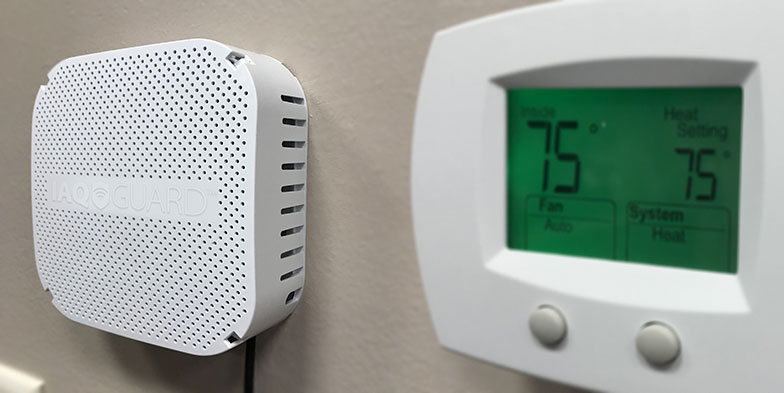
Due to the COVID-19 pandemic, we have witnessed a global health and economic crisis. Countries around the world are using digital technology to respond to this global crisis. Digital technology especially the wireless industry knows how important it is to remain linked during this period. When our everyday lives are drastically altered, to keep in close contact with love ones, education, work and important news, we rely more on our wireless service. This article aims to outline the importance of wireless communications in the COVID-19 pandemic from multiple perspectives.
1.Outdoor Monitoring
Tracking and restricting movements of overseas travelers and others suspected of being COVID-19 coronavirus carriers has proven to be an important method for managing the pandemic. For example, in metropolitan areas, wireless networks can monitor people to maintain social distance; for this reason, countries have introduced “pandemic drones” to strengthen social isolation. These pandemic drones can also monitor human body temperature and whether there is flu, sneezing and coughing in public places. After the drone collects critical data, it must be communicated to the authorities in real time so that timely action can be taken. Due to the high transmission speed and low latency of 5G, pandemic drones with 5G connectivity can assist in data collection and helps government monitor the pandemic in time.
2.Indoor Monitoring
In addition to close contact with infected people and contaminated surfaces, spread of COVID-19 may also occur via airborne particles in indoor environments, in some circumstances beyond the 2 m (about 6 ft) range encouraged by some social distancing recommendations. In an outdoor work environment, outdoor positioning technology can maintain social distancing and ensure a safe working distance for labor. However, in an indoor environment, maintaining a safe distance may be more challenging due to the unavailability of indoor GPS signals. Innovative solutions are needed to monitor isolated personnel and maintain safe working distances in indoor environments. Various indoor positioning technologies such as radio frequency identification (RFID), Wi-Fi, visible light, Zigbee and Bluetooth constitute promising solutions for monitoring isolated personnel and maintaining safe working distances in indoor environment.
3.Online Education
The COVID-19 pandemic is reshaping almost every aspect of our world, including education. One of the main benefits of online education is the convenience so that students can log in their learning platforms when they need it. With the widespread availability of Wi-Fi connections, students can log in from anywhere in the world. Schools have been closed for several months, and as social distancing measures continue, the pandemic has forced schools to teach online during this time. The basic requirement of e-learning is a good Internet connection and access to digital devices; however, not all students and teachers have digital devices and high-speed connections, which creates a digital divide. Moreover, a large part of the global population either has no Internet access at all or no Internet access at all. To deal with this gap, governments around the world need to distribute digital devices and provide Internet access to low-income families.
4.Connectivity Matters the Most
During a pandemic, connectivity is more important than ever, because timely updates of pandemic news are more important than ever. People should learn about the latest news about the pandemic and raise awareness of prevention. The role of wireless communication technology is not limits the spread of viruses and health automation; it also helps people around the world become connect, making social distancing less lonely. It enables employees to work remotely, and students can continue their education and e-commerce delivery system to meet their basic needs.
COVID-19 makes the word connect closer than before and it needs the help of the wireless industry to meet the challenge. So if you want to order some related wireless products or need some advice, welcome to contact us(sales@router-switch.com.).
Related Topics:
How to Check Your Cisco Wireless Access Points Compliance for Your Country?
12 Questions You Need to Know about Wi-Fi 6
6 Types of the Wireless Access Point
Buyer Guide: 4 Misunderstandings when choosing an Access Point






